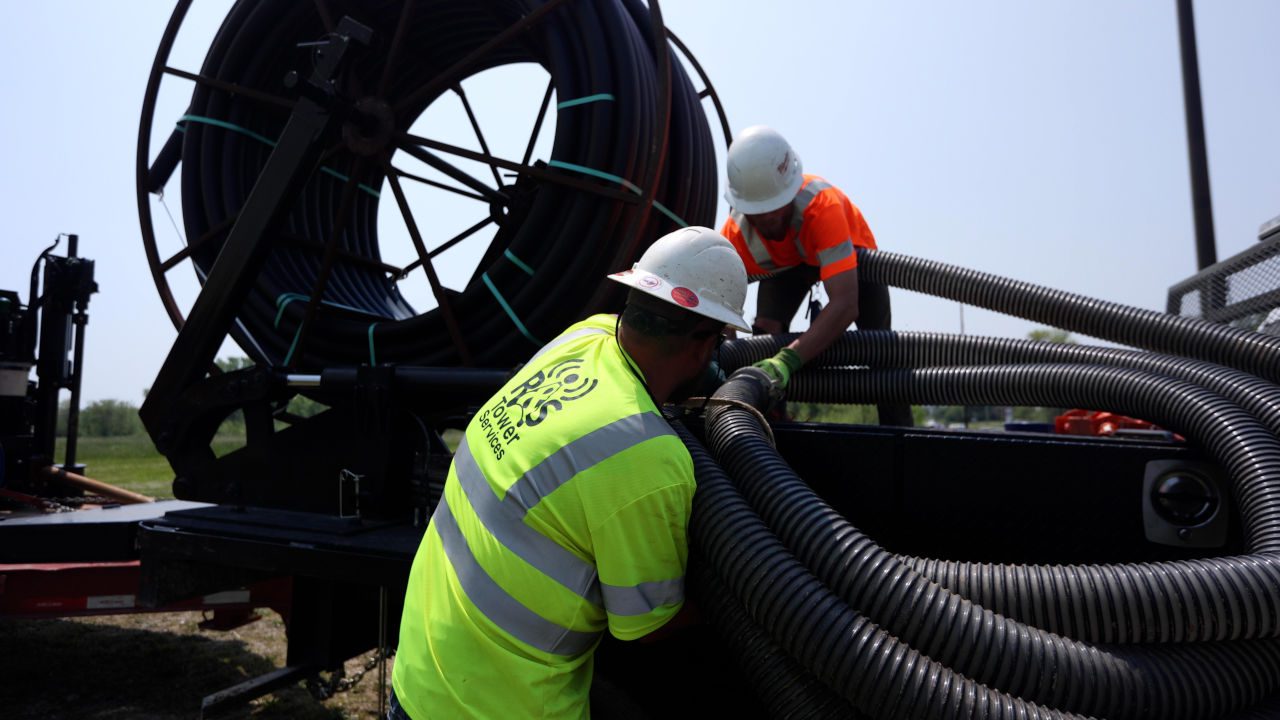Directional drilling has changed the way we traverse the subsurface landscape, allowing engineers and geologists to access resources and install utilities with unmatched precision. This state-of-the-art technique enables drilling not only upwards but also horizontally, thus greatly enhancing the effectiveness of operations in various industries. As cities expand and the demand for energy and utilities increases, understanding the intricacies of directional drilling is essential for professionals and novices alike.
In this exploration of directional drilling, we will explore its history, the technologies that drive it, and the various applications that highlight its significance in fields such as the energy sector, clean energy, and urban development. From minimizing surface disruption to tackling the difficulties of tough landscapes, directional drilling is at the leading edge of modern engineering approaches. Whether you are looking to learn the basics or seeking insight into future innovations and progress, this guide will provide a detailed insight of what makes directional drilling a cornerstone of contemporary construction projects.
#### Grasping Directional Boring
Orientation drilling represents a method that allows drillers to tap into hydrocarbons and other materials located below the earth's surface while minimizing environmental impact . Unlike standard straight drilling , orientation drilling permits teams to create inclined holes that can reach various objectives from a single site . Such technique not only does it improves resource harvesting but also minimizes the quantity of drill sites required for drilling activities, positioning it particularly valuable in metropolitan and sensitive areas .
The process starts with careful strategizing, where engineers identify the optimal drilling route influenced by geological data and operational criteria. Orientation drilling incorporates sophisticated technology , such as specialized drilling equipment and real-time monitoring systems , to ensure precision and productivity. This capability is crucial in navigating complex underground formations and preventing impediments , like existing utilities or sensitive ecological locations.

As the field the field progresses, directional drilling is now an essential part of various fields, such as petroleum and natural gas infrastructure, and clean power . Its versatility enables its use in applications varying from underwater projects to the creation of geothermal resources . The relentless improvement in technology , in conjunction with rising ecological consciousness , keep pushing the frontiers of what is possible with angular drilling , setting it as a key method for current infrastructure advancement.
Benefits of Horizontal Boring
Directional drilling offers numerous benefits over conventional drilling methods, primarily due to its capability to drill in various directions rather than just downward. This flexibility allows for the drilling of wells from a single location, minimizing the requirement for several setups and reducing the total footprint of drilling operations. By reaching multiple targets through fewer drilling sites, companies can significantly cut down on environmental disruption while maximizing resource extraction.
Additionally, directional drilling is its effectiveness in city and sensitive locations. This method is particularly useful when maneuvering around existing infrastructure, such as buildings, roads, and other infrastructures. By drilling sideways under city environments, companies can finish projects with minimal surface disruption, facilitating quicker installations and diminishing the need for extensive excavation. This capability is vital in highly populated areas where conventional drilling would face numerous logistical challenges.
Moreover, directional drilling can lead to significant cost savings. By reducing time on site and decreasing the amount of material and labor needed, companies can boost their bottom line. The capability to reach deeper reserves of petroleum, natural gas, or other resources that are not reachable through vertical drilling contributes to the economic feasibility of projects. Overall, these advantages make directional drilling an ever more preferred choice in various fields, demonstrating its importance in contemporary drilling practices.
Upcoming Trends in Directional Drilling
As the market progresses, the melding of artificial AI and mechanization is reshaping the arena of directional boring. These systems enhance drilling accuracy by assessing live information, refining boring paths, and foreseeing possible problems before they happen. next page to make prompt adjustments based on thorough analytics not only simplifies procedures but also greatly reduces idle time and expenses associated with unforeseen challenges.
Moreover, developments in application and monitoring equipment are creating a more interconnected approach to directional drilling. The implementation of electronic tools enables better planning and execution of drilling tasks by providing precise geological information and instant feedback. Operators can observe conditions from afar, allowing for more rapid decision-making processes that enhance total task efficiency. This technological shift ensures that boring activities can be adjusted through insightful insights, leading to better results and sustainability.
Finally, the change towards eco-friendly infrastructure continues to affect guided drilling techniques. With heightened interest for environmentally sustainable approaches, companies are focusing on developments that lessen ecological effects while delivering effective outcomes. Practices such as mud recycling and the use of environmentally-safe boring fluids are being adopted to further reduce ecological harm. This commitment not only matches with worldwide green goals but also places horizontal drilling as a essential component in the shift towards more sustainable energy endeavors.
